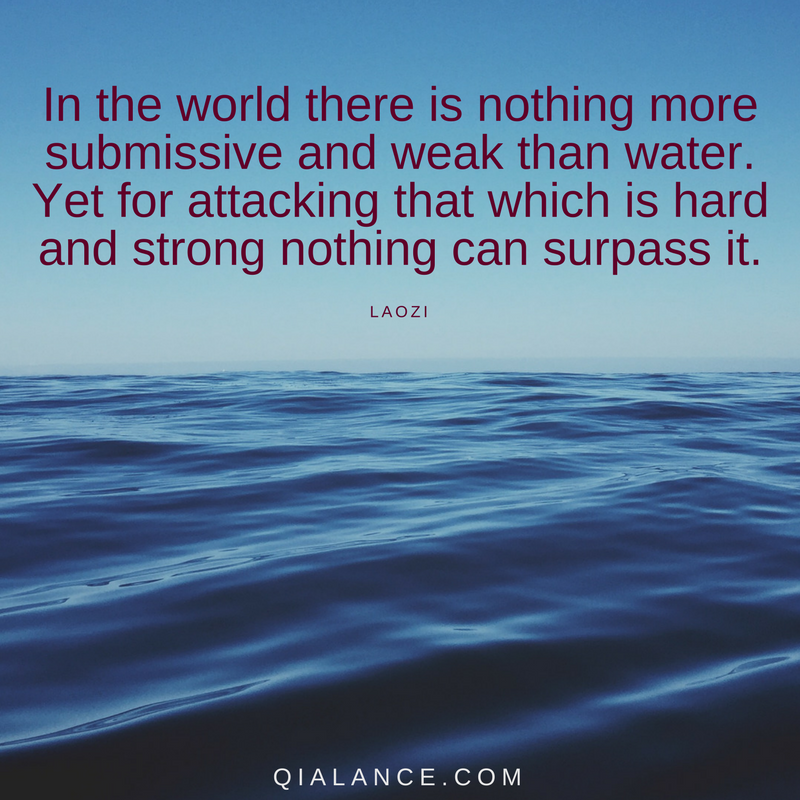

There are doubts that this one man wrote it, or that he ever existed, but here's the little we know about him from historical sources (click the header). The man honored with this big statue in Quanzhou is Lao Tzu (Laozi), legendary writer of the Tao Te ching. The old Taoist philosophy classic still has a lot to teach us. Here is my complete translation of it, where I explain each chapter from a perspective also relevant in our modern life. The major source to Taoist philosophy is the Tao Te Ching (also spelled Dao De Jing), written by the legendary Lao Tzu (Lao Zi) - somewhere between the 7th and the 4th century BC in China. The one who can harmonize with it will be at peace with existence. Click the image to get to my personal website.Tao, the Way, is a kind of natural law behind all of creation. I'm also an historian of ideas, researching ancient thought and mythology. In addition to fiction, I've written books about Taoism and other East Asian traditions. I'm a Swedish author and aikido instructor. Click the image to see the book at Amazon (paid link). Click the image to see the book at Amazon (paid link).įreudian theories on myth and religion examined, from Sigmund Freud to Erich Fromm. Qi, prana, spirit, ruach, pneuma, and many other life forces around the world explained and compared.

Aikido principles, philosophy, and fundamental ideas. Click the image to see the book at Amazon (paid link).īasic concepts of the peaceful martial art.
#Tao quotes how to
The life energy qi (also chi or ki) explained, with exercises on how to awaken, increase and use it. The Greek philosophers and what they thought about cosmology, myth, and the gods. The many ancient and modern life force beliefs all over the world explained and compared. The ancient Chinese life energy qi ( chi) explained, with simple instructions on how to exercise it. The 64 hexagrams of the Chinese classic I Ching and what they mean in divination. You need to be logged in to Facebook to post your comment. Please leave a comment about this website or any of the Tao quotes. Click the header to read the introduction, or go directly to one of the seven themes. The whole chapters, not just quotes from them, are included on the theme pages. Simplicity, stillness and silence quotesĪnother section of this website divides the 81 chapters of the Tao Te Ching into seven different themes, which are prominent in the book and in Taoist philosophy.Each Tao quote has a link to its chapter in the book. Here are the 388 Tao quotes extracted from the Tao Te ching by Lao Tzu, sorted into 19 topics. Tao Te Ching consists of 81 chapters about the Way: its mystery, its cosmology, and what it teaches us about how to conduct our lives the wisest. The old classic still has a lot to teach us. It was written by the legendary Lao Tzu (Lao Zi) somewhere between the 6th and the 4th century BC in China. The oldest and major source to Taoism is Tao Te Ching (also spelled Dao De Jing), which translates to The Book on the Way and Virtue.

Each of the Tao quotes has a reference to the chapter to which it belongs. Therefore, I have extracted 388 Tao quotes from the Tao Te Ching - just about any line of the text that has a chance of standing on its own. With this website, I hope to give readers a chance of sorting these things out. That makes it very difficult for the reader to check their authentity, as well as the context to which the quotes belong. Also, they usually lack any reference to what chapter of the Tao Te Ching they are derived from. Unfortunately, the Tao quotes are often far from proper renditions of the original text. The Tao Te Ching by Lao Tzu is quoted on the Internet and elsewhere, almost like no other source but the Bible and the plays of Shakespeare.


 0 kommentar(er)
0 kommentar(er)
